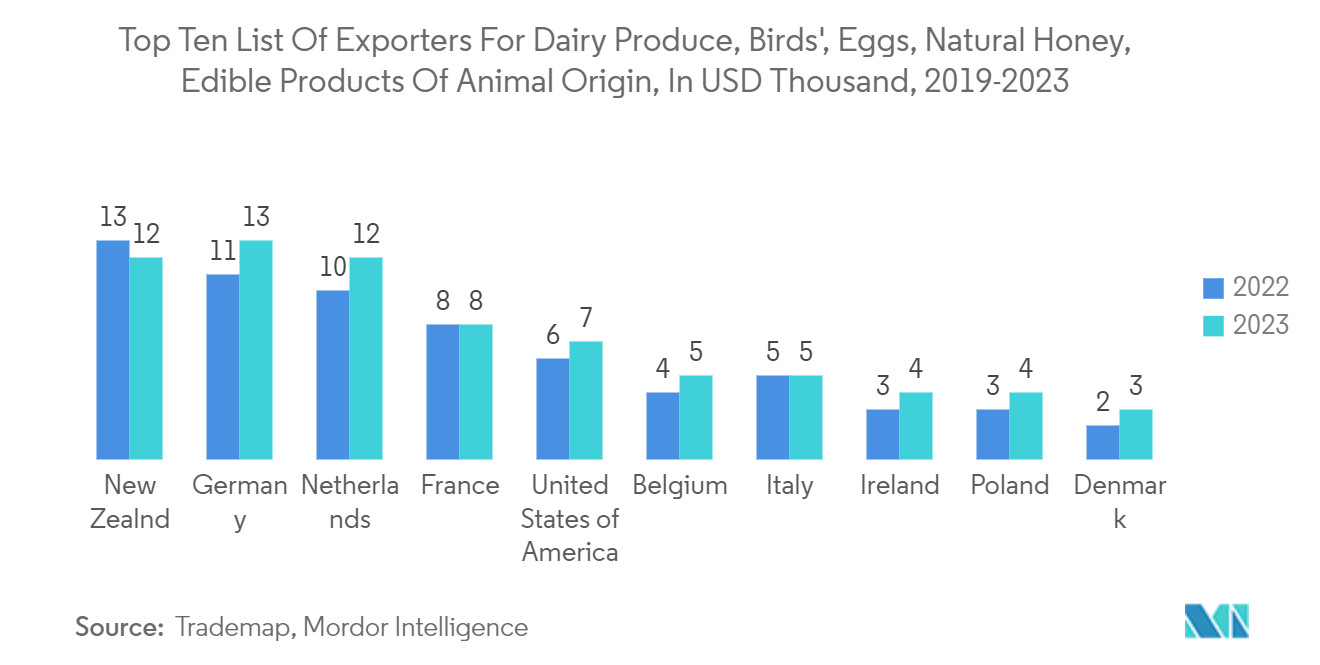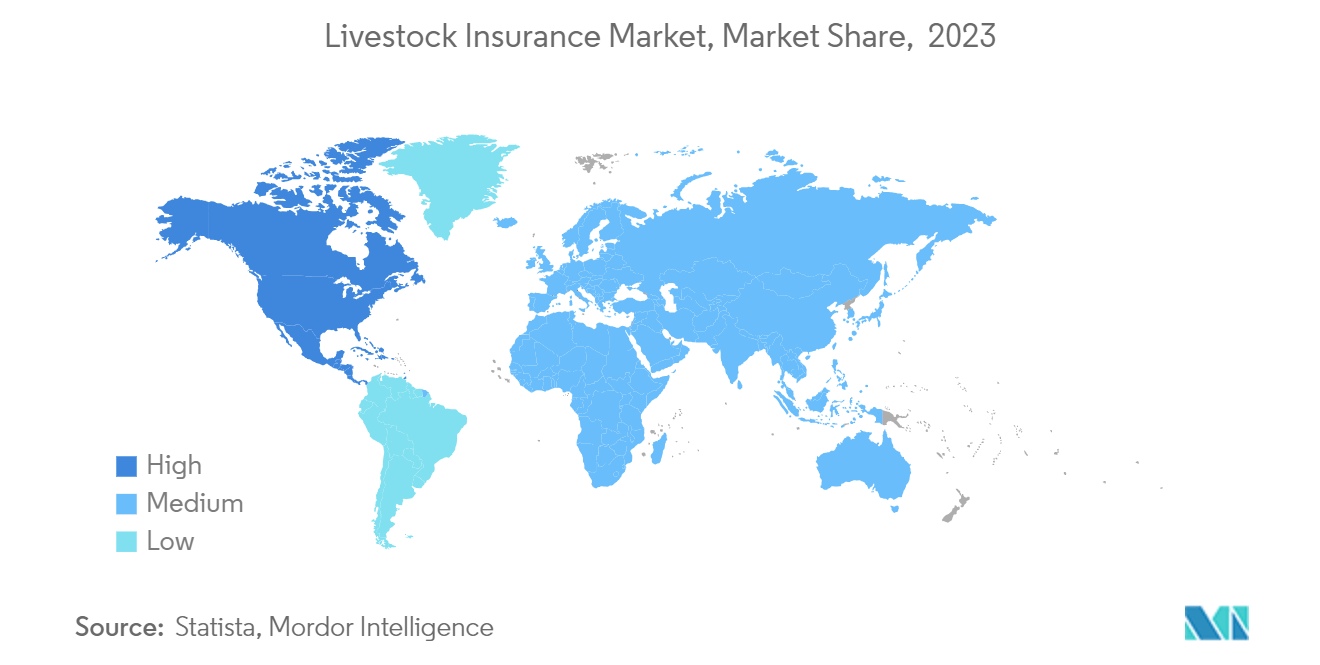Market Trends of Livestock Insurance Industry
Global Dairy Trade Expansion Fuels Livestock Insurance Demand
The rapid growth of the international dairy trade is driving a surge in the livestock insurance market. With the global dairy trade expanding, the demand for livestock insurance is skyrocketing. This demand is further fueled by the increasing significance of dairy products in the global market.
Specialized insurance products tailored for dairy farmers, focusing on cattle health and mortality, are witnessing a sharp rise in popularity. The deepening integration of global dairy supply chains highlights the need for robust risk management strategies, resulting in a marked increase in both inquiries and policies for dairy insurance.
The globalization of livestock markets has underscored the necessity for worldwide livestock insurance. As the trade of dairy products intensifies globally, the previously local supply chains are evolving into a tightly interconnected global web. While this transformation brings new opportunities for farmers, it also exposes them to heightened market volatility and trade risks. Consequently, there has been a notable uptick in the adoption of insurance products tailored to specific markets, providing crucial support to livestock producers navigating the intricacies of global trade.

Asia-Pacific Witnesses Surge in Livestock Insurance Amid Escalating Demand and Disease Threats
Asia-Pacific is emerging as the front-runner in the global livestock insurance landscape. Driven by a growing population and increasing incomes, the region's appetite for livestock products is expanding. This uptick in demand is pushing for more comprehensive insurance coverage for livestock. Yet, as the industry burgeons, Asia-Pacific is also contending with a surge in livestock diseases. Ranging from FMD and avian influenza to AFPE, these diseases present substantial challenges to the region's livestock industry.
The appetite for animal-derived food products, like meat, milk, and eggs, is on the rise. These products are not just staples but crucial sources of protein, especially in a balanced diet. While consumption in developed nations remains steady, developing regions, particularly Asia-Pacific, are witnessing a notable surge. The World Bank predicts an 18% increase in meat consumption in Asia-Pacific over the forecast period. In order to meet this escalating demand, livestock production must ramp up. Consequently, farmers are increasingly adopting advanced diagnostics to detect and treat diseases, aiming to proactively contain their spread. This strategic pivot highlights the upward trajectory of the animal-based food market.


